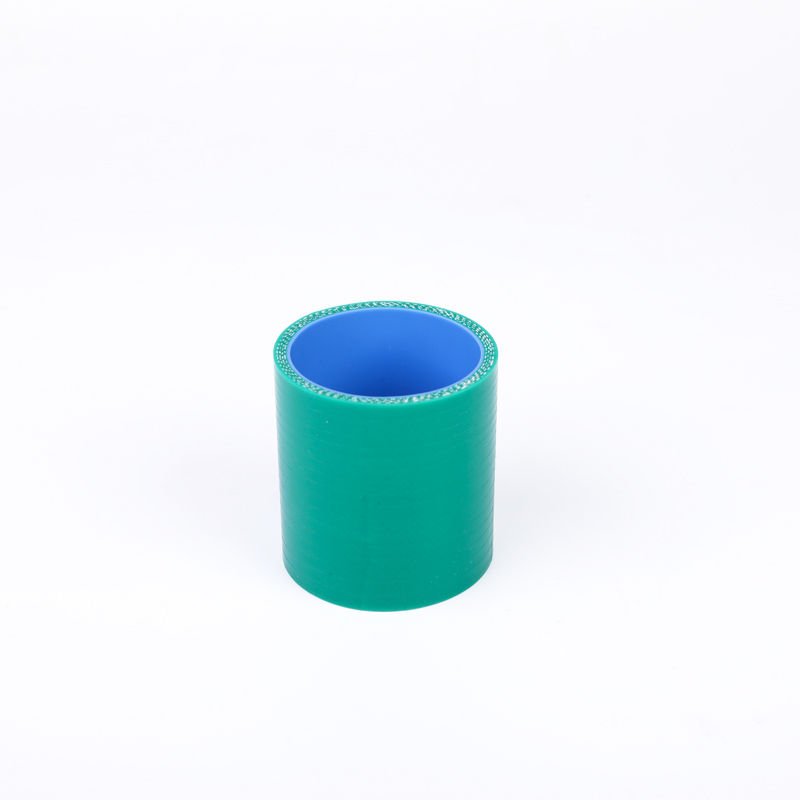Silicone hoses are typically made using a process called extrusion.
Here are the basic steps of the manufacturing process of silicone hoses:
Mixing: The first step is to prepare the silicone material by mixing the silicone rubber compound with various additives such as curing agents, pigments, and reinforcing agents. The mixture is then heated and blended to form a homogeneous and consistent material.
Extrusion: The prepared silicone material is then fed into an extrusion machine, which uses a screw or piston to push the material through a die. The die is a specially shaped component that gives the silicone hose its final shape and size.
Vulcanization: As the silicone material is extruded through the die, it is vulcanized, or cured, using heat and pressure. The vulcanization process causes the silicone material to cross-link,
3 silicone hose forming a strong and durable material.
Cutting and Finishing: Once the silicone material has been extruded and vulcanized, it is cut to the desired length and finished. This may involve trimming any excess material, applying a surface treatment or coating, or attaching fittings or connectors.
Quality Control: Before the silicone hoses are shipped out, they undergo a series of quality control checks to ensure that they meet the required standards and specifications. These checks may include visual inspections, pressure testing, and other tests to ensure that the hoses are free from defects and are fit for their intended use.
Overall, the manufacturing process of silicone hoses is a precise and highly controlled process that requires specialized equipment and expertise. By carefully controlling the mixing, extrusion, and vulcanization processes, manufacturers can produce silicone hoses that are strong, durable, and reliable, and that can be used in a wide range of industrial applications.
How do manufacturers ensure that silicone hoses are free from defects?
Manufacturers use a variety of methods to ensure that silicone hoses are free from defects and meet the required standards and specifications.
Here are some of the key quality control measures used in the manufacturing process of silicone hoses:
Visual Inspection: Visual inspection is one of the simplest and most effective ways to detect defects in silicone hoses. Manufacturers may use human inspectors or automated imaging systems to examine the hoses for any physical defects such as ****s, tears, or deformities.
Pressure Testing: Silicone hoses are designed to withstand high pressures, so pressure testing is an important quality control measure. Manufacturers may use specialized equipment to subject the hoses to high-pressure water or air to ensure that they can withstand the required pressure without leaking or rupturing.
Dimensional Checks: Dimensional checks are used to ensure that the silicone hoses are the correct size and shape. Manufacturers may use measuring tools such as calipers, gauges, or lasers to check the diameter, length, and other dimensions of the hoses.
Material Testing: Manufacturers may conduct material testing to ensure that the silicone material used in the hoses meets the required specifications. This may involve testing the material for properties such as tensile strength, elongation, and hardness.
Traceability: Manufacturers may use traceability systems to track the production of each silicone hose from raw material to finished product. This can help ensure that any defects or quality issues can be traced back to their source and addressed.
By using these quality control measures, manufacturers can ensure that silicone hoses are free from defects and meet the required standards and specifications. This helps to ensure that the hoses are reliable and safe for use in a wide range of industrial applications.

